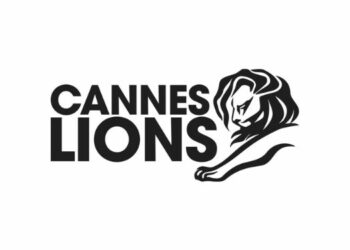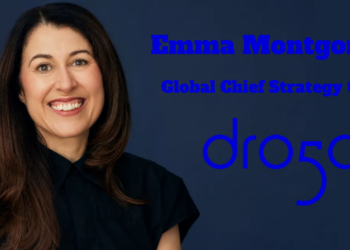The global pay-TV market, including satellite, cable and IPTV services, is expected to generate $295 million in 2022, according to a study from ABI Research.
That means that despite the competition from OTT video services, the worldwide pay-TV market has been growing at a steady pace.
Competition from OTT services was found to e significant in developed markets where the pay-TV market is mature. For example, in North America, traditional pay-TV services lost more than 3 million subscribers in 2017, mainly due to customers switching from satellite, cable or IPTV services to video streaming services.

“OTT is becoming a preferred video viewing platform due to its low-cost and availability on multiple devices without a long-term contract requirement,” noted Khin Sandi Lynn, industry analyst at ABI Research.
Pay-TV operators are smartly reacting to the trend by adding OTT services to their platform, as is the case with DirecTV NOW and Dish Network’s Sling. Similarly, pay-TV operators are starting to deploy Android-based boxes to provide OTT service together with traditional TV platforms. Swedish cable operator Com Hem recently launched Android-based TV Hub, which allows subscribers to access linear TV channels and streaming services.
Regionally, the pay TV market in the Asia-Pacific has grown more than other regions, reaching a total subscriber base of 656 million in 2017, a 7% year-over-year increase. The pay-TV market is expected to grow at a higher rate in the developing markets in the years to come, while mature markets such as North America and Europe are likely to see a slight decline or sluggish growth.
“Pay-TV and OTT offerings can vary dramatically between regions and between countries in terms of content availability and price,” Lynn said. “OTT adoption in mature markets will impact pay TV adoption there, but the more reliable delivery and all-in-one nature of pay TV will prove valuable in those developing markets.”

















